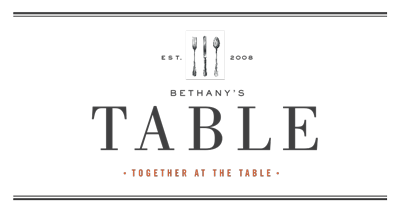The Future of Restaurateuring
The future of restaurants has arrived. The shakeout the industry a la the pandemic has made it so. Wellbeing has become the coin of the realm. It is not sustainable to stoke one’s bottom line by paying people less that their fair share of the outcomes they are producing. Kitchens are not able to retain quality help if individuals are required to wallow in a bath of misogyny, hostility and personal disregard. This may mean that the price of Chicken Marsala is going up.
What happens when your cost of labor goes from 30% to 35% because everybody gets a 15% raise. A restaurant selling $1 million per year adds $50,000 to its labor budget. Setting aside the cost of recruitment, training, hiring failures and frequent breakdowns due to inexperience, how might this 5% increase in cost be turned into a positive? Let’s assume the $1 million restaurant’s average guest spends $40. That equates to 25,000 covers over the course of a year. Would that restaurant lose its customers by charging $42 per meal? If the restaurant and its employees told the story of wellbeing, living wages, care and feeding, the only customers that would leave over the $2 increase were going to leave for the next twofer deal that crossed their horizon.
Food Cost
Then there’s food cost. Restaurants stand in such a unique place in the world, straddling both the economic and the cultural realms of social life. The craft of creating beautiful and delicious food feeds the soul of the artist, while the outcomes feed the guests’ bodies. If the artist gets out of line and the food is served taller than it is wide with a list of rules for the lucky guest to follow, or the financial metrics dictate and all is cut and measured, then things get out of whack and there is a failure to thrive.
Restaurants are a driver of that which we want to occur in our food chain. Approximately 50% of the wholesale cost of commercially/industrially distributed produce is freight. When one uses the same purchase dollars to buy from a local farmer, those seemingly higher margins cover the additional cost of producing on a scale that eschews the sins and inhumanity of industrial farming. It also supports food that is grown where we want it: right in our own backyards. A family can go to the farmers market and buy their five meals that week. A restaurant our size buys 600 meals in a week. Every week.
It takes effort, and it takes commitment, and it often results in higher costs. (Meanwhile costs in general are soaring!) If the restaurant can successfully tell that story, would you pay another $2 for that (now) $42 meal? If the restaurant across the street will sell you a seemingly comparable meal for $4 less, knowing it was prepared by unhappy, underpaid people using lowest cost, though seemingly similar, ingredients; would you choose to save the $4?
Our History
When minimum wage was $9.25 and cooks expected to make about $12, our kitchen staff was thrilled to be paid $16. The $14 minimum wage has buoyed those expectations quite some. Fair enough. Now, nearly-post-pandemic, we see “now hiring” signs at the car wash promising $17-$20 per hour. (Do you think the owners of that car wash are now not making a living? Isn’t it fair that your nephew is able to survive on what he makes holding a “Neutral - No Brakes” sign?) One must pay more to persuade the individual to partake in soul-destroying work. Or, one can find a way to nourish that individual’s soul in the place where they spend half their waking hours. So, we pay more. Always have. But we have also taken our share of responsibility to see that those who make our outcome possible feel well regarded and respected, and to create an environment wherein they are able to express themselves meaningfully in the work they do. At least we try. And sometimes we fail. It’s a tough business. But we try.
Now the jig is up. We cannot punish our people for their loyalty. Folks would steal our talented crew in a heartbeat if they could get their hands on them. It’s our job to be their best opportunity.
Benefits
A tough subject. I pray for a single-payer system funded by a payroll tax. What a tremendous advantage a small business like ours would have if we paid the same amount as Trader Joe’s to provide high-quality benefits for our employees. Millions of people held captive in crappy jobs would flood the jobs marketplace. And our mission to take care of our employees would be complete. Such as it is, to provide a decent plan for our employees would add about $40,000 per year to our expenses, or $3,500 per month. We have recently made that jump (read more about that here). Another $2?
Metrics
Bethany’s Table is already not the cheapest place to eat. We know that the criteria our customers use to choose us is not price, but experience. That experience has certain ingredients, like genuine hospitality, delicious food, great service and value. Could we add $6 to the price and make it up by enhancing the other three components? It seems to me that we can, if we get really good at telling the story.
With love,
David and Janet


